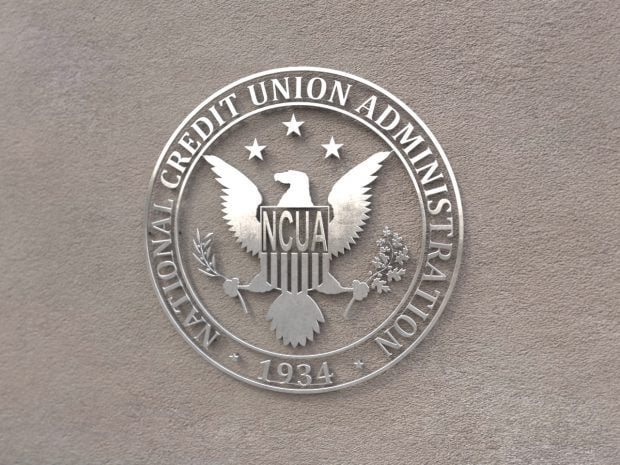 The Members Group Senior Product Manager Brian Day said so far, mobile payment adoption has been tepid.
The Members Group Senior Product Manager Brian Day said so far, mobile payment adoption has been tepid.
But he also said he believes the stars are aligning to bring about a mobile payments explosion that will come sooner than many credit union executives presently believe.
As far as mobile payments and credit unions go, Day said most are sitting on their hands. "Their attitude is, call us when there is something we can do," he said.
Recommended For You
But now, just maybe, it's time for that call.
According to Day, if credit unions don't get busy, they may lose out to fleet-footed tech companies (think PayPal, Google and Apple) that want to dominate new-style payments systems.
Day elaborated his thinking in a recent TMG white paper titled, "The Mobile Payments Ignition Point."
A key reason that the ignition point is approaching, Day told CU Times, is that the barriers to mobile payments are breaking up.
A huge barrier has been confusion as consumers and merchants eyed competing technologies – bar code, near field communication, and low energy Bluetooth – and they did not know which to pick.
So they picked none.
That may be changing, Day said, as suddenly NFC looks primed to sprint into a lead.
What had stalled NFC were two or three factors.
First, it simply was not on that many smartphones, but time has cured that. Websites list many dozens of smartphones that now ship with NFC, including the strong selling Samsung Galaxy 5S, which trades off with iPhone 5S for the top spot. The rarity now is a smartphone without NFC, although there is one glaring exception to that rule.
More on that momentarily.
Secondly, mobile carriers had, unintentionally, strangled NFC by insisting that they controlled the phone's built in "secure element," where credit card data is stored.
Carries such as AT&T, T-Mobile and Verizon, through their jointly owned Isis initiative, wanted a piece of every mobile payment. No other parties liked that idea. So NFC pick up had stalled.
Then Google broke the back of the carriers' hegemony.
It did this by endorsing technology called Host Card Emulation which lets software, not hardware, create a secure element. Google built Host Card Emulation into its latest Android update, KitKat (4.4). Suddenly, all the newer Android phones can be used for mobile payments with no carrier interference.
Third, there have not been that many retailers that accept NFC. In ZIP code 85004, located in central Phoenix, drug stores CVS and Walgreens, convenience stores Circle K and fast food retailers McDonalds and Subway accept NFC. Other than a number of vending machines, there are not many more.
That will change, Day said, as merchants upgrade their point of sale terminals to accept EMV cards, per the Mastercard and Visa 2015 deadline. They will also build in acceptance of NFC.
Randy Vanderhoof, executive director of the Smart Card Alliance in Princeton, NJ, made similar statements.
"As merchants upgrade to accept EMV most will also get NFC capabilities," he said.
Which bring us around to the one cellphone manufacturer that so far is shunning NFC: Apple.
Vanderhoof suggested that HCE may prod Apple to embrace this kind of mobile payment.
Day agreed, saying indications are growing that the iPhone 6, likely to be released this fall, may have a mobile payments capability and probably it will be rooted in NFC.
Add up what has been happening in the NFC universe and, Day wrote in his white paper, this is the time for credit unions to look hard at their next move.
"With the introduction of HCE … financial institutions and other card issuers can insert their customers' credit and debit accounts into payments apps created by third-party developers," he elaborated. "Consumers, too, will be excited by the technology, as it allows them to make mobile payments with their existing card accounts."
HCE will make deployment of truly beneficial mobile solutions possible for issuers and exciting for consumers, Day added.
"Just as card issuers have long pursued top-of-wallet positioning, very soon it will be top-of-app positioning they most cherish. With HCE and NFC working together, long-standing cardholder relationships are not only safe; they are poised to take off," he said.
Isn't delay the safest strategy for a credit union? Not for much longer, Day said.
The evidence suggests that most consumers want their financial institution to show them the way into mobile payments.
But their patience will not be infinite. As more tech giants offer mobile payments tools that work, they are wooing early adopter consumers into that camp.
Credit unions need to act, now, before that exodus becomes a stampede.
That's Day's bottom-line message. Consider yourself warned. The time to act is now.
© 2025 ALM Global, LLC, All Rights Reserved. Request academic re-use from www.copyright.com. All other uses, submit a request to [email protected]. For more information visit Asset & Logo Licensing.







